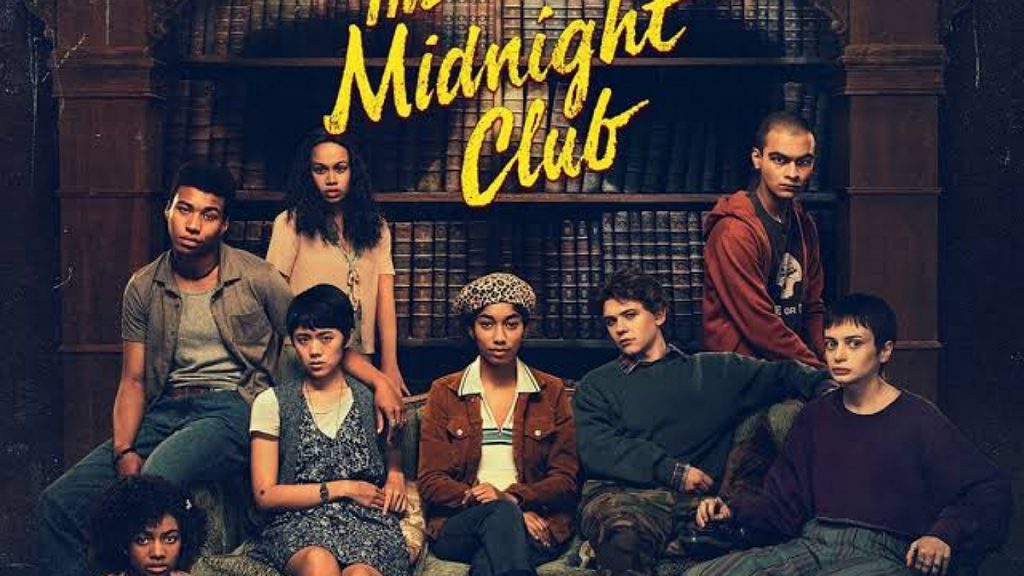The Midnight Club, a horror-thriller based on a 1994 book of the same name, will be available on Netflix this Halloween. Mike Flanagan, the prolific horror director for Netflix who has created works like The Haunting of the Hill House, The Haunting of Bly Manor, and Midnight Mass, comes back and uses storytelling to examine the idea of mortality. While he has previously shown that he can successfully combine the supernatural and the real world on screen to create captivating realms, he stumbles in his most recent work.
The narrative centres on Ilonka, a brilliant young woman who moves to the Brightcliffe hospice after learning she has terminal thyroid cancer in the hope of learning how to beat it. The series’ fascinating cast of terminally sick patients from Brightcliffe, along with their enigmatic host Dr. Stanton, reveal that each character is more complex than they appear.
Each character’s story is a beautiful reflection of their troubled pasts, riddled with insecurities and their anxieties for the future. Flanagan and Leah Fong, who created the series with Flanagan, try to better understand the value of life and the finality of death through a series of campfire-like stories the group of teenagers told each other every night.
The core of the series is still Ilonka’s wheelchair-using roommate Anya, an Irish youngster with a fiery temper who is eager to take on the world, despite the club featuring a multifaceted cast of characters from all backgrounds and circumstances. Anya, who was portrayed by the exceptional Ruth Codd, was one of the most endearing characters in the series because of her witty one-liners and quick responses that revealed her incredible fortitude in the face of the most trying situations. Ironically, this kind of praise would probably make her angry.
The first few episodes’ world-building is thrilling and compelling, but by the show’s halfway point, the structure may grow tiresome and make it difficult to watch. Furthermore, what started off as a thoughtful examination of mortality quickly devolves into a drab narrative peppered with forgettable horror tales and cliche jump scares; the overuse of jump scares virtually negates their purpose. The show entered the Guinness Book of World Records for the most jumpscares in a single episode with 21 in total.
